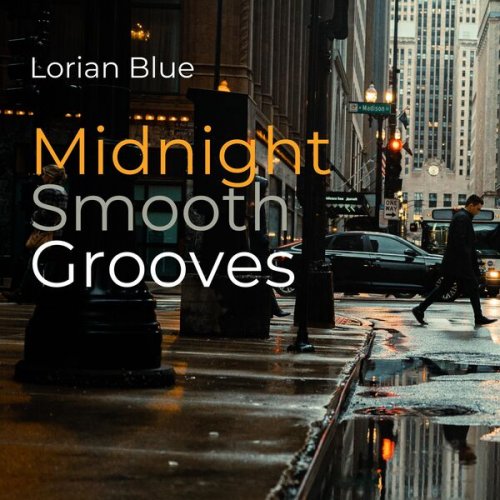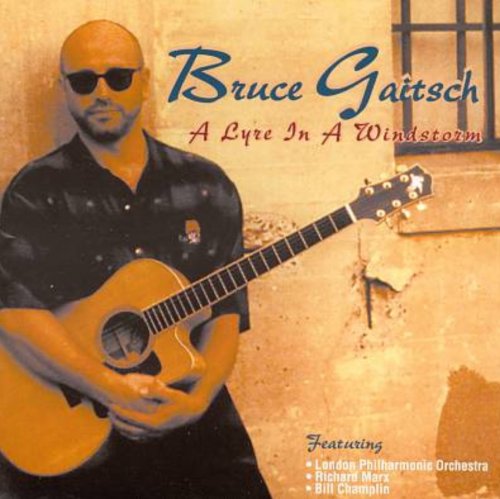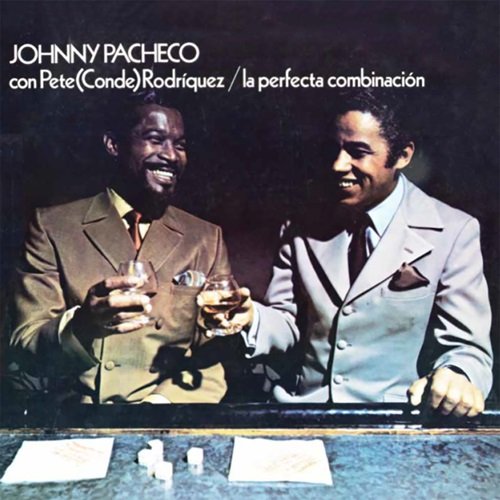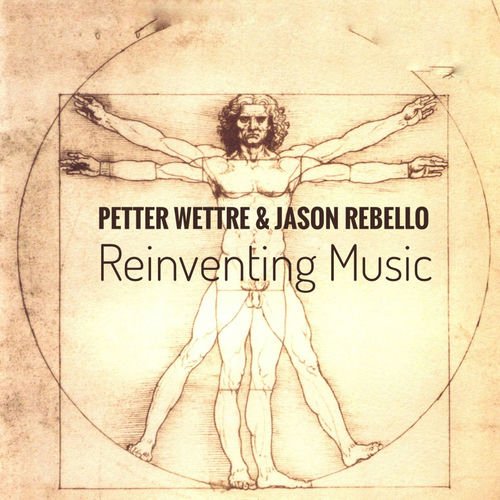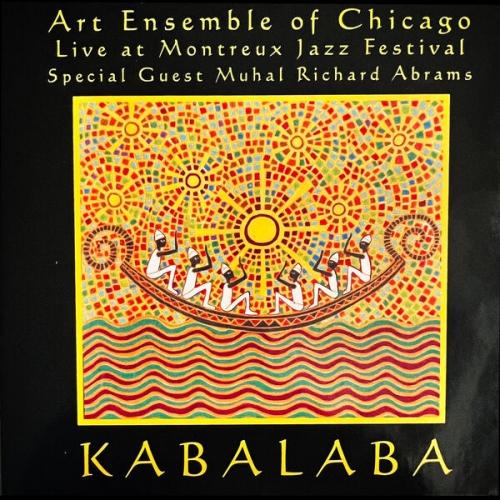Johannes Leertouwer - Mozart: The Complete Works For Violin And Orchestra (2006)
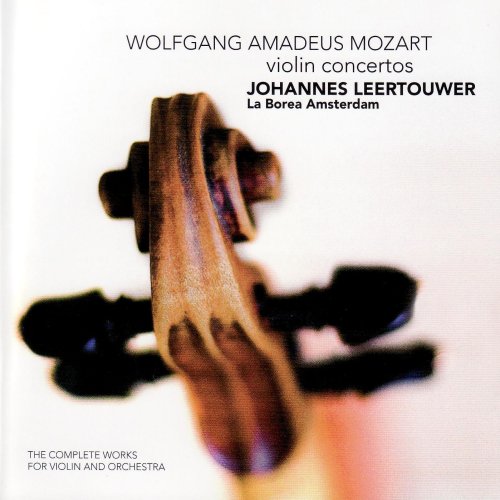
Artist: Johannes Leertouwer
Title: Mozart: The Complete Works For Violin And Orchestra
Year Of Release: 2006
Label: Challenge Classics
Genre: Classical
Quality: flac lossless (tracks)
Total Time: 02:18:15
Total Size: 630 mb
WebSite: Album Preview
TracklistTitle: Mozart: The Complete Works For Violin And Orchestra
Year Of Release: 2006
Label: Challenge Classics
Genre: Classical
Quality: flac lossless (tracks)
Total Time: 02:18:15
Total Size: 630 mb
WebSite: Album Preview
CD1
01. Concerto No. 1 In B Flat Major, K 207: I. Allegro Moderato
02. Concerto No. 1 In B Flat Major, K 207: II. Adagio
03. Concerto No. 1 In B Flat Major, K 207: III. Presto
04. Concerto No. 2 In D Major, K 211: I. Allegro Moderato
05. Concerto No. 2 In D Major, K 211: II. Andante
06. Concerto No. 2 In D Major, K 211: III. Rondeau: Allegro
07. Concerto No. 3 In G Major, K 216: I. Allegro
08. Concerto No. 3 In G Major, K 216: II. Adagio
09. Concerto No. 3 In G Major, K 216: III. Rondeau, Allegro - Andante - Allegretto - Tempo Primo
10. Rondo In B Flat Major, K 269 (261a): Rondeau: Allegro
CD2
01. Concerto No. 4 In D Major, K 218: I. Allegro
02. Concerto No. 4 In D Major, K 218: II. Andante Cantabile
03. Concerto No. 4 In D Major, K 218: III. Rondeau: Andante Grazioso - Allegro Ma Non Troppo
04. Concerto No. 5 In a Major, K 219: I. Allegro Aperto - Adagio - Allegro Aperto
05. Concerto No. 5 In a Major, K 219: II. Adagio
06. Concerto No. 5 In a Major, K 219: III. Rondeau: Tempo Di Menuetto - Allegro - Tempo Di Menuetto
07. Adagio In e Major, K 261: Adagio
08. Rondo In C Major, K 373: Rondeau: Allegretto Grazioso
In comparison to a modern approach to the Mozart violin concertos, this recording by violinist and conductor Johannes Leertouwer and La Borea Amsterdam may at first seem quite foreign. Within seconds of first hearing these performances, many listeners may encounter what appears to be a rather flat or dull sound. Not only is this recording made on period instruments, but it also incorporates a more historical tuning practice. While many modern orchestras tune around the pitch A at or about 440Hz, in this recording the instruments are tuned to A = 430Hz. This 10-cent difference at first sounds a bit lackluster, but this does not last as our ears are allowed to adjust. Articulation also varies considerably from modernized approaches, and listeners will notice the orchestra's sound seems to be much more rounded and less crisp. All of these differences are neither good nor bad -- just different. Fans of period performances will find this collection extremely satisfying not only for the informed decisions made in its production, but the extensive detail Leertouwer puts into the liner notes to explain his decision-making process. His approach to his instrument is pure, simple, and unassuming. Fast passages are graceful and elegant and slow movements are introspective without being brooding. This is absolutely a recommended choice for anyone specifically seeking a period performance of these timeless works, or for a listener interested in an intelligent introduction to period performance practice.

